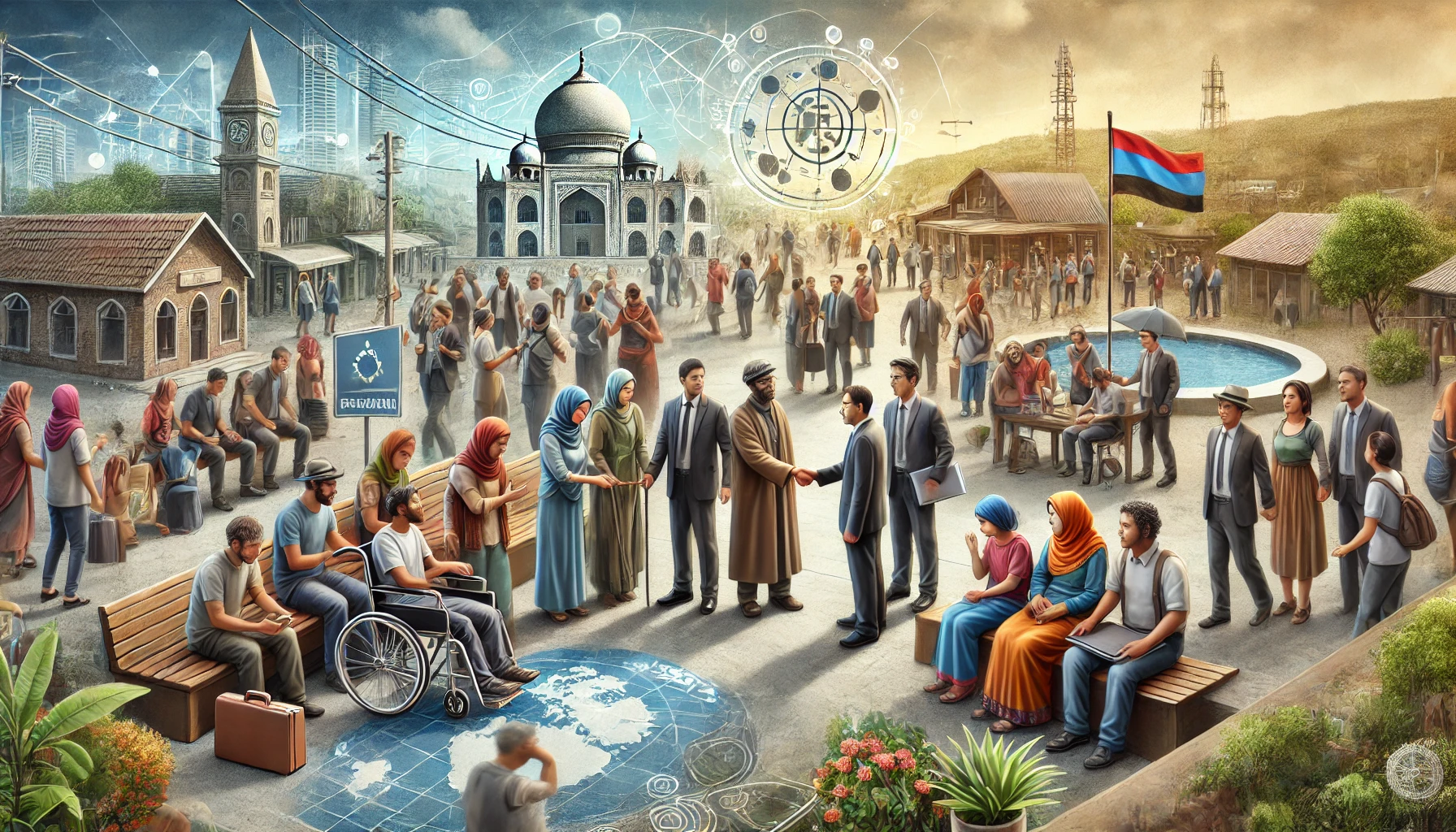
01 Apr Best Practices in Human Rights: Successful Approaches to Protecting Marginalized Communities
Protecting the rights of marginalized communities is one of the most critical challenges today. From racial minorities and refugees to LGBTQ+ individuals and people with disabilities, these groups often face systemic discrimination and denial of basic rights. However, several organizations and initiatives have adopted successful practices that continue to pave the way for a more inclusive world. Through innovative legal reforms, grassroots movements, and strategic international partnerships, many marginalized communities are gaining the protection and recognition they deserve.
- Legal Reforms for Equality and Protection
One of the most effective methods to protect marginalized groups is through legislative change. In 2010, Argentina became the first country in Latin America to legalize same-sex marriage and adopt laws allowing transgender individuals to change their legal gender without restrictions. Similarly, in 2006, Mexico passed national legislation to combat violence against women, aiming to reduce femicide and improve law enforcement’s response to domestic violence.
- Grassroots Movements and Advocacy
Grassroots movements are a driving force in raising awareness and advocating for policy changes for marginalized communities. The Black Lives Matter (BLM) movement, which began in 2013 in response to police brutality against Black people in the United States, has grown into a global movement. Estimates of Black Lives Matter (BLM) protest participation range from 15 million to 26 million people worldwide, making it one of the largest social movements in history. BLM’s advocacy for racial justice has led to concrete changes, including police reforms and a renewed focus on systemic racism in education, healthcare, and employment.
Another example is the #MeToo movement, which became a global force for advocating against sexual harassment and assault. Started in 2006 by activist Tarana Burke, the movement gained widespread traction, leading to cultural shifts and legislative action in many countries. In January 2019, the UK government introduced the Domestic Abuse Bill as a response to minimizing domestic abuse. The legislation was reintroduced in March 2020 as the Domestic Abuse Bill 2019-21.
- International Cooperation and Advocacy
International organizations have been pivotal in setting global standards for human rights and providing support to marginalized communities. The United Nations High Commissioner for Refugees (UNHCR) has been at the forefront of providing assistance to refugees and displaced persons worldwide. The UNHCR Global Trends report released Wednesday shows 108.4 million people were forcibly displaced worldwide at the end of 2022. The UNHCR works with governments and non-governmental organizations (NGOs) to ensure access to food, shelter, education, and legal protection for refugees.
- Corporate Responsibility and Social Accountability
In recent years, there has been a growing recognition that corporations must play an active role in promoting human rights. Leading companies such as Patagonia and Nike have taken steps to ensure fair wages and safe working conditions for workers, particularly in developing countries.
Furthermore, organizations like Fair Trade International work to ensure ethical production and trade that supports marginalized communities. Fair Trade’s certification helps farmers and artisans in developing countries receive better wages, improved working conditions, and access to markets. According to Fair Trade International, over 1.8 million farmers and workers are currently benefiting from Fair Trade certification, which means they are part of producer organizations that have achieved Fair Trade certification, allowing them to sell their products with the Fair Trade label and potentially receive better prices and working conditions.
Conclusion
Successful approaches to protecting marginalized communities are multifaceted, involving legal reforms, grassroots activism, international cooperation, and corporate accountability. Organizations like UNHCR, BLM, Fair Trade International, are demonstrating how concerted efforts can lead to tangible improvements in the lives of those most at risk. While there is still much work to be done, these initiatives showcase the power of collective action in driving social change and ensuring that human rights are upheld by all, regardless of their background or identity.
Blog by Shreya Ghimire,
Research Analyst, Frost & Sullivan Institute
